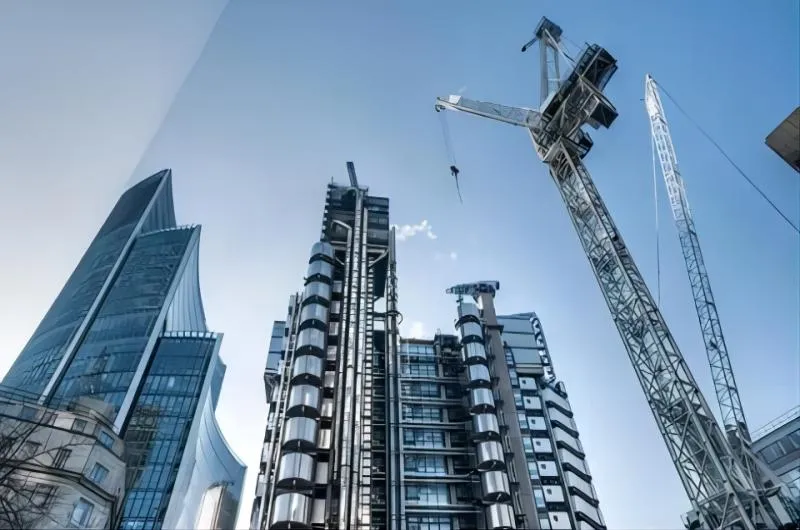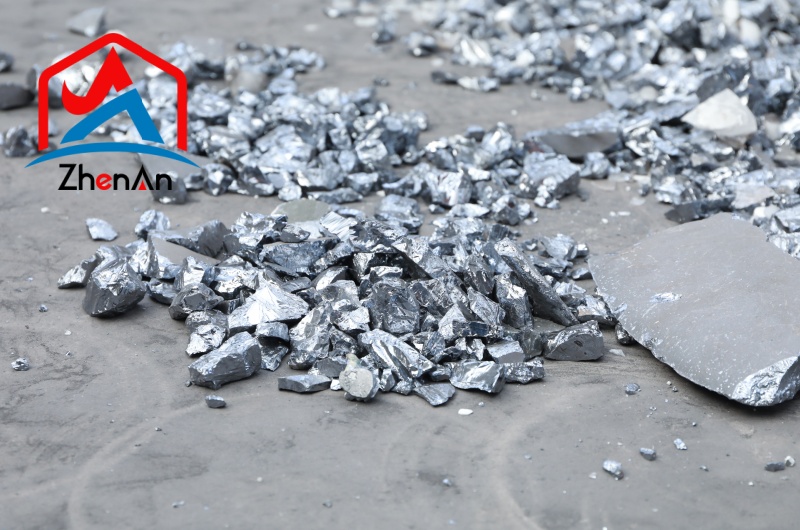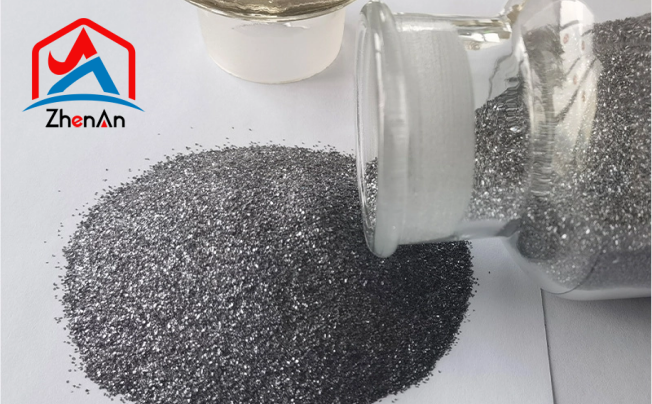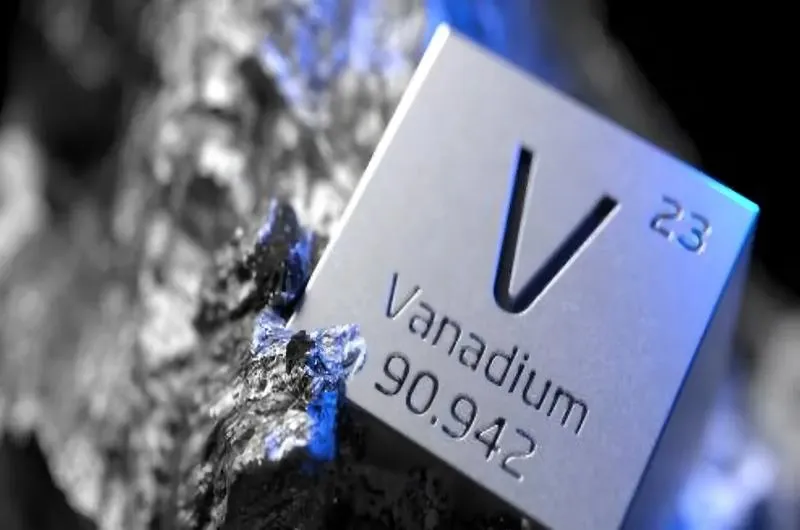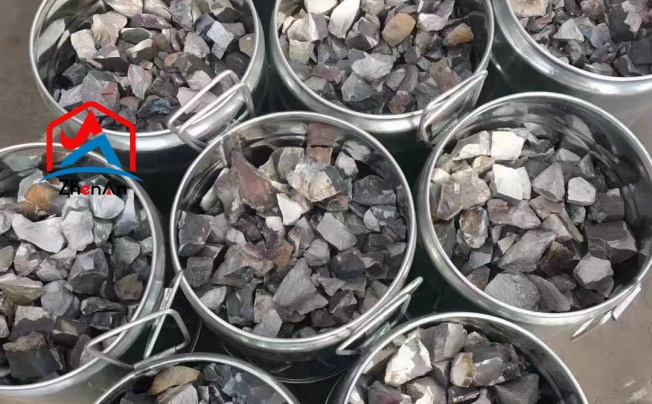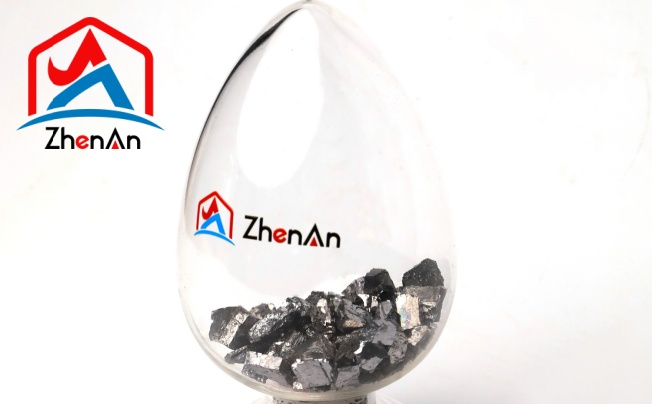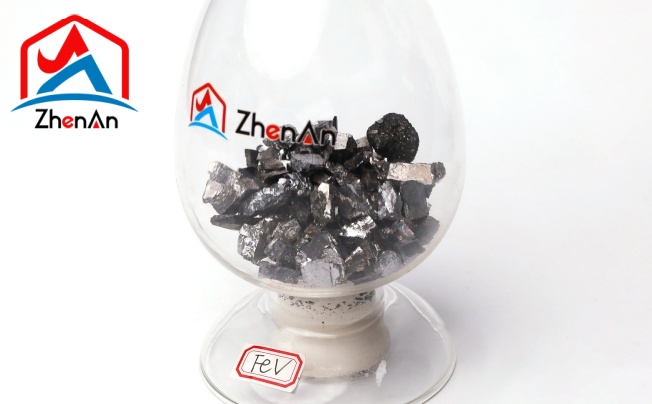BY  GENN
GENN
2024/04
Blog
Why Is Magnesium Metal Not Used In The Building Industry?
Properties of Magnesium Metal
The Lightweight Nature of Magnesium Metal
Magnesium is known for its exceptional lightweight properties, making it an attractive choice for various industries. With a density of about 1.74 g/cm2, magnesium is one of the lightest structural metals available, weighing approximately two-thirds the weight of aluminum and one-quarter that of steel.
This characteristic makes it ideal for applications where weight reduction is critical, such as in aerospace and automotive manufacturing. The use of magnesium can contribute to fuel efficiency in transportation and reduce overall material costs due to its lower mass.
The High Flammability of Magnesium Metal
One significant drawback that limits the widespread use of magnesium in the building industry is its high flammability. Magnesium has a low ignition temperature and burns at extremely high temperatures, which poses a serious fire hazard.
When ignited, magnesium metal can react vigorously with oxygen and water vapor in the air, intensifying the combustion process. This inherent flammability makes it unsuitable for certain construction applications where fire safety regulations are strict and stringent fire-resistant materials are required.
Corrosion Susceptibility Challenges
Another key concern regarding magnesium metal is its vulnerability to corrosion when exposed to certain environmental conditions. While magnesium possesses natural corrosion resistance due to the formation of a protective oxide layer on its surface, this layer can deteriorate over time if not adequately maintained or if subjected to harsh environments containing moisture or corrosive substances.
Corrosion can weaken structural integrity, leading to potential safety hazards in buildings and infrastructure made from magnesium components. Addressing this susceptibility to corrosion is crucial for ensuring the long-term durability and reliability of structures incorporating magnesium materials.
Challenges in Using Magnesium Metal in Construction
Fire Safety Concerns
Magnesium metal poses significant challenges in terms of fire safety within the construction industry. One of the primary reasons for its limited use is its high combustibility.
Magnesium has a low ignition temperature and can ignite easily, making it a fire hazard when used in building materials. In the event of a fire outbreak, magnesium can intensify the flames due to its reactive nature, potentially leading to a rapid spread of fire within a structure.
Combustibility Issues
The combustibility issues associated with magnesium metal are a major deterrent to its widespread adoption in construction projects. When exposed to high temperatures, magnesium can undergo rapid oxidation reactions, releasing intense heat and flammable gases.
This characteristic makes it challenging to control fires involving magnesium-containing materials, posing a serious risk to both the building occupants and emergency responders. The potential for uncontrollable combustion further reinforces the caution exercised by architects and engineers regarding the use of magnesium in construction.
Difficulty in Fireproofing
Mitigating the fire risk associated with magnesium metal presents significant challenges due to its inherent properties. Traditional fireproofing methods may not be as effective when applied to magnesium-based materials because of their unique characteristics.
Developing specialized fire-retardant coatings or treatments that can adequately protect magnesium from ignition and flame propagation is complex and costly. This difficulty in ensuring adequate fireproofing measures further hinders the practical use of magnesium in construction applications.
These challenges related to fire safety concerns, combustibility issues, and difficulty in implementing effective fireproofing measures highlight the complexities involved in utilizing magnesium metal within the construction industry. The need for innovative solutions to address these issues is paramount if we are to explore broader applications of this lightweight material while ensuring safety standards are met.
Future Prospects for Magnesium Metal Usage in Building Industry
Advancements in Fireproofing Technologies
The future of magnesium metal in the building industry holds promise as advancements in fireproofing technologies continue to evolve. Researchers and engineers are exploring innovative methods to enhance the fire resistance of magnesium-based materials.
One approach involves the development of advanced coatings and treatments that can significantly improve the fire performance of magnesium, making it a safer option for construction applications. These coatings aim to reduce the flammability of magnesium while maintaining its desirable properties, such as lightweight and strength.
Furthermore, ongoing research focuses on incorporating flame-retardant additives into magnesium alloys to enhance their fire resistance. By modifying the composition of magnesium alloys with additives that inhibit combustion, engineers can mitigate the inherent flammability of magnesium metal.
This approach not only enhances safety but also expands the potential uses of magnesium in structural elements within buildings, where fire safety is a critical concern. In addition to coatings and additives, emerging technologies such as nanomaterials offer exciting prospects for improving the fire performance of magnesium metal.
Nanotechnology enables researchers to engineer novel structures at the molecular level, creating highly effective flame-retardant solutions tailored for magnesium-based materials. By harnessing these cutting-edge techniques, the building industry may soon witness a shift towards incorporating magnesium metal in construction projects with enhanced fireproofing capabilities.
Research on Corrosion-Resistant Coatings
Another crucial aspect shaping the future prospects of utilizing magnesium metal in the building industry is ongoing research on corrosion-resistant coatings. While magnesium’s susceptibility to corrosion has been a significant barrier to its widespread adoption in construction applications, recent developments show promise for addressing this challenge.
Engineers are investigating novel coating technologies that provide robust protection against environmental factors that trigger corrosion reactions. One innovative approach involves developing multi-layered coatings that create a barrier between magnesium surfaces and corrosive agents like moisture and salt water.
These advanced coatings not only shield magnesium from degradation but also prolong its service life, making it more viable for long-term structural use in buildings exposed to harsh conditions. Additionally, researchers are exploring environmentally friendly coating formulations that minimize ecological impact while enhancing corrosion resistance—a critical consideration for sustainable construction practices.
Moreover, advancements in surface modification techniques such as plasma electrolytic oxidation (PEO) offer new opportunities to tailor the surface properties of magnesium alloys for improved corrosion resistance. By leveraging PEO technology, engineers can create durable oxide layers on magnesium surfaces with enhanced protective properties against corrosive elements present in various environments.
Potential for Niche Applications
Beyond addressing challenges related to fire safety and corrosion resistance, there exists a realm of niche applications where magnesium metal could find unique utility within the building industry. One such area is lightweight structures or components where weight reduction is paramount without compromising strength or durability requirements. Magnesium’s exceptional strength-to-weight ratio makes it an attractive candidate for specialized architectural designs that prioritize efficiency and sustainability.
Furthermore, emerging trends towards sustainable construction practices emphasize materials with low environmental impact—an area where magnesium’s abundance and recyclability offer distinct advantages over traditional building materials like steel or concrete. As architects and designers seek innovative solutions to reduce carbon footprints and energy consumption in buildings, exploring niche applications of lightweight yet robust materials like magnesium becomes increasingly relevant.
Moreover, niche applications extend beyond structural elements into interior design features




